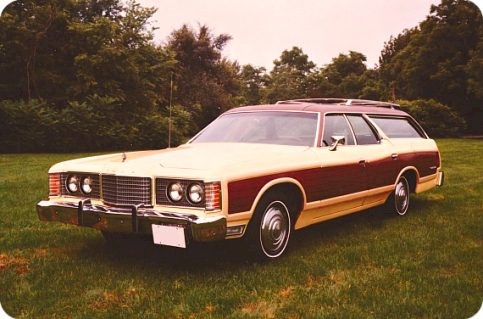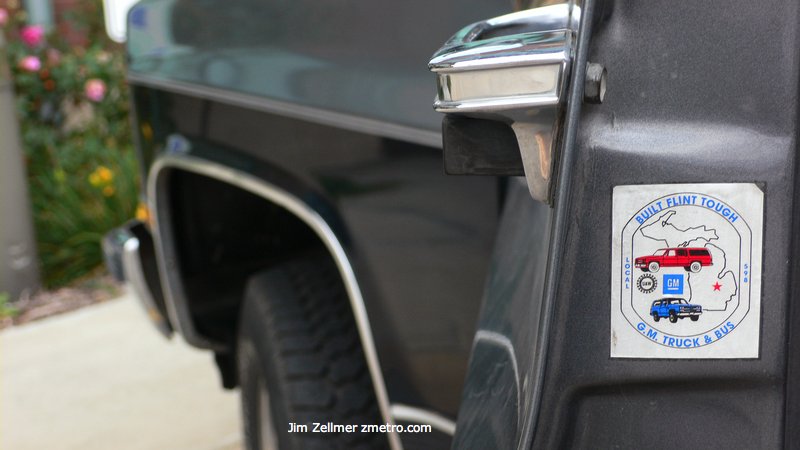Energy demand is expected to grow in coming decades. Jeroen van der Veer, 60, Royal Dutch Shell’s chief executive, recently offered his views on the energy challenge facing the world and the challenge posed by global warming. He spoke of the need for governments to set limits on carbon emissions. He also lifted the veil on Shell’s latest long-term energy scenarios, titled Scramble and Blueprints, which he will make public next week at the World Economic Forum in Davos, Switzerland. Following are excerpts from the interview:
Q. What are the main findings of Shell’s two scenarios?
A. Scramble is where key actors, like governments, make it their primary focus to do a good job for their own country. So they look after their self-interest and try to optimize within their own boundaries what they try to do. Blueprints is basically all the international initiatives, like Kyoto, like Bali, or like a future Copenhagen. They start very slowly but before not too long they become relatively successful. This is a model of international cooperation.
Category: History
How Brazil outfarmed the American farmer
Phil Corzine is not abandoning Illinois. A longtime soybean farmer in Assumption, a small town east of Springfield, he is firmly loyal to his state – he once ran the Illinois Soybean Checkoff Board, a program in which Illinois farmers promote Illinois soybeans. But the 1,300 acres Corzine planted in 2007 are not in Illinois, or even in the Midwest. They’re in central Brazil, in the state of Tocantins, part of a big swath of soy-producing lands that stretch between the Andes and the Atlantic forest and from northern Argentina to the southern flanks of the Amazon basin. Soylandia, as this immense region might be called, is almost entirely unknown to Americans. But it may well be the future of one of the world’s most important industries: grain agriculture.
Mainly out of curiosity, Corzine visited Brazil in 1998. Like most U.S. soy producers, he’d noted Brazil’s rapid rise in the trade – from amateur to global power in the space of a couple of decades. Its scale of operations, however, stunned him. A big farm in Illinois may cover 3,000 acres; spreads in Soylandia are routinely ten times bigger. Conditions there were primitive, Corzine thought, but Soylandia was going to expand in a way that was no longer possible in the U.S. With three partners he raised $1.3 million from more than 90 investors, mostly Midwestern farmers. In Illinois, he says, that kind of money “can’t even buy the equipment, let alone the land.” In Brazil it was enough for Corzine’s group to acquire 3,500 acres in 2004. Since then, the land has almost doubled in value as other American investors clamored to get into Brazilian soy. This year Corzine, now 49, raised another $400,000. “We feel like what’s going on is long-term positive,” he says with Midwestern understatement.
Sir Edmund Hillary: A Life in Pictures

Edmund Hillary (left) and Nepalese Sherpa Tenzing Norgay approach 28,000 feet (8,534 meters) on Mount Everest on May 28, 1953. The next day Hillary would become the first human to stand atop the world’s highest mountain, with Tenzing joining him seconds later.
Satellites build a picture of the past
Gone are the days of a fearless Indiana Jones battling through the jungle in search of ancient treasures. Today’s archaeologists are using high-tech tools – from NASA satellites to Google Earth – to do the hard work for them.
If they haven’t been destroyed or dismantled, many ancient structures were long ago enveloped by soil, water, sand, volcanic ash, or thick vegetation. Though they might not be obvious to the naked eye, archaeologists are learning how to spot them.
Since the World War I, aerial photography from low-flying aircraft has been widely used. These images can help to pick out relics betrayed by unusual mounds, lines or disjointed landscapes. In other places, buried structures are completely invisible to the naked eye. But they still reveal clues to their whereabouts – just not with visible light.
FBI Revives Search for “DB Cooper”
Federal Bureau of Investigation agents are attempting again to solve the 36-year-old mystery of a Northwest Orient Boeing 727 hijacking during which the perpetrator parachuted from the aircraft and vanished with $200,000 in stolen cash.
The FBI is renewing efforts to close the case, centred on Northwest flight 305 from Portland to Seattle on 24 November 1971, which erroneously immortalised the name ‘DB Cooper’ in the files of air piracy.
“We’ve run down thousands of leads and considered all sorts of scenarios,” says the FBI. “And amateur sleuths have put forward plenty of their own theories. Yet the case remains unsolved. Would we still like to get our man? Absolutely.”
Clusty Search: DB Cooper.
Cyberwar Comes of Age
The digitized specter of cyberwar is haunting the boardrooms, barracks, and law offices of America. China’s audacious September 2007 infiltration of secure Pentagon networks and government servers in several other nations has powerfully demonstrated that cyberwar’s moment has arrived. Cybersecurity analysts have estimated that 120 different nations are working to evolve cyberwar capabilities. Most of today’s current cyberwar operations involve hackers probing civilian and military networks for vulnerabilities and restricted information, operations that focus less on disruption than recon and surveillance.
Venti Capitalists
Taylor Clark ought to know how Starbucks got its roc-like wingspan. That’s the tale by which we want to be spellbound. Clark quotes a 1997 Larry King interview with Howard Schultz, the company’s chairman, where Schultz outlines what should have been the plot of Clark’s book:
“People weren’t drinking coffee. … So the question is, How could a company create retail stores where coffee was not previously sold, … charge three times more for it than the local doughnut shop, put Italian names on it that no one can pronounce, and then have six million customers a week coming through the stores?”
Requiem for a Station Wagon

One of the rare examples of altruism in pistonheads concerns the (nearly extinct) American station wagon. They passionately defend the one automotive genre that the vast majority of American consumers wouldn’t be caught dead in (excepting a hearse). Why so much love for a car shape that’s been fading from the American scene for the best part of 25 years? The passion comes from recognition. The reality we’ll have to blame on Darwin and his stupid birds.
Wagons increase a car’s cargo space without altering the donor car’s fundament shape. They’re a bit heavier and generally a little shakier than their sedan sibling, but still offer car-like driving dynamics. This is important to enthusiasts, who value driving dynamics sur tout. Ironically, pistonheads hate compromises; generally speaking, they don’t buy wagons. But they recommend them to others– especially SUV owners– based on the combination of handling and hauling.
Sarkozy’s Speech to Congress
French President Nicholas Sarkozy [8.5MB mp3 Audio File]:
From the very beginning, the American dream meant proving to all mankind that freedom, justice, human rights and democracy were no utopia but were rather the most realistic policy there is and the most likely to improve the fate of each and every person.
America did not tell the millions of men and women who came from every country in the world and who–with their hands, their intelligence and their heart–built the greatest nation in the world: “Come, and everything will be given to you.” She said: “Come, and the only limits to what you’ll be able to achieve will be your own courage and your own talent.” America embodies this extraordinary ability to grant each and every person a second chance.
Here, both the humblest and most illustrious citizens alike know that nothing is owed to them and that everything has to be earned. That’s what constitutes the moral value of America. America did not teach men the idea of freedom; she taught them how to practice it. And she fought for this freedom whenever she felt it to be threatened somewhere in the world. It was by watching America grow that men and women understood that freedom was possible.
What made America great was her ability to transform her own dream into hope for all mankind.
